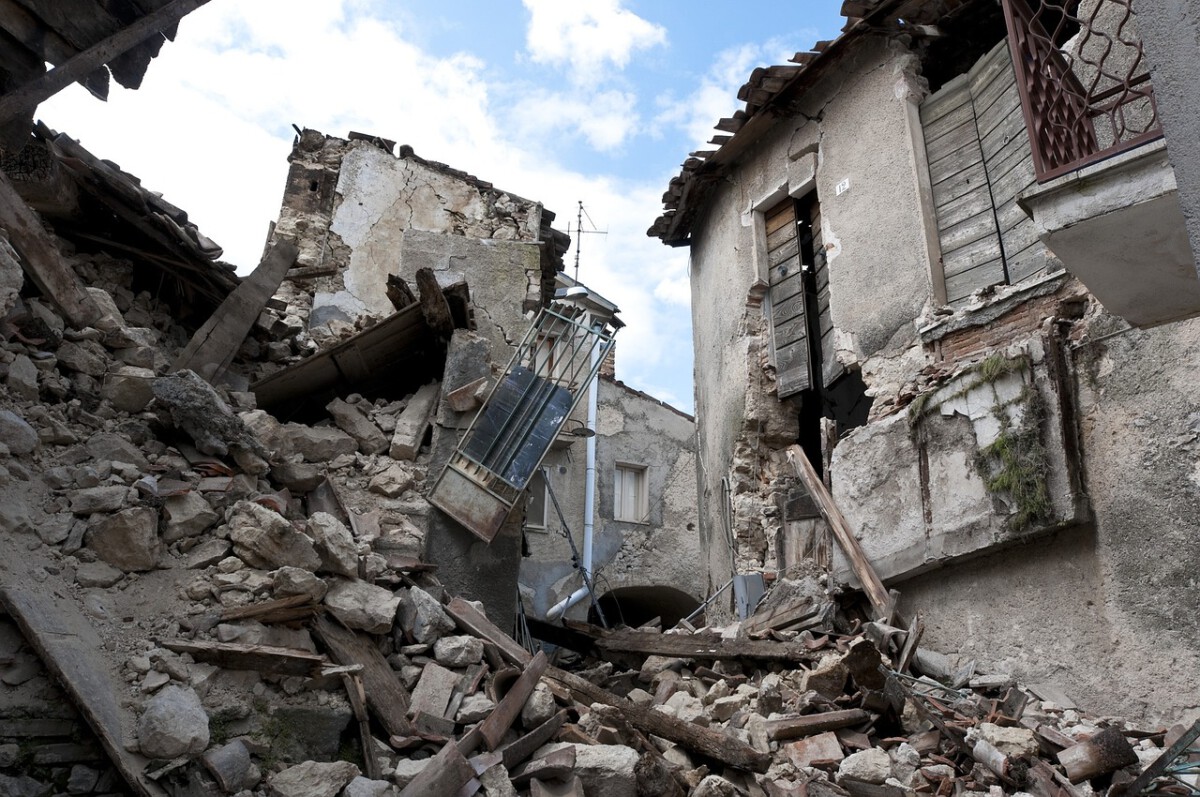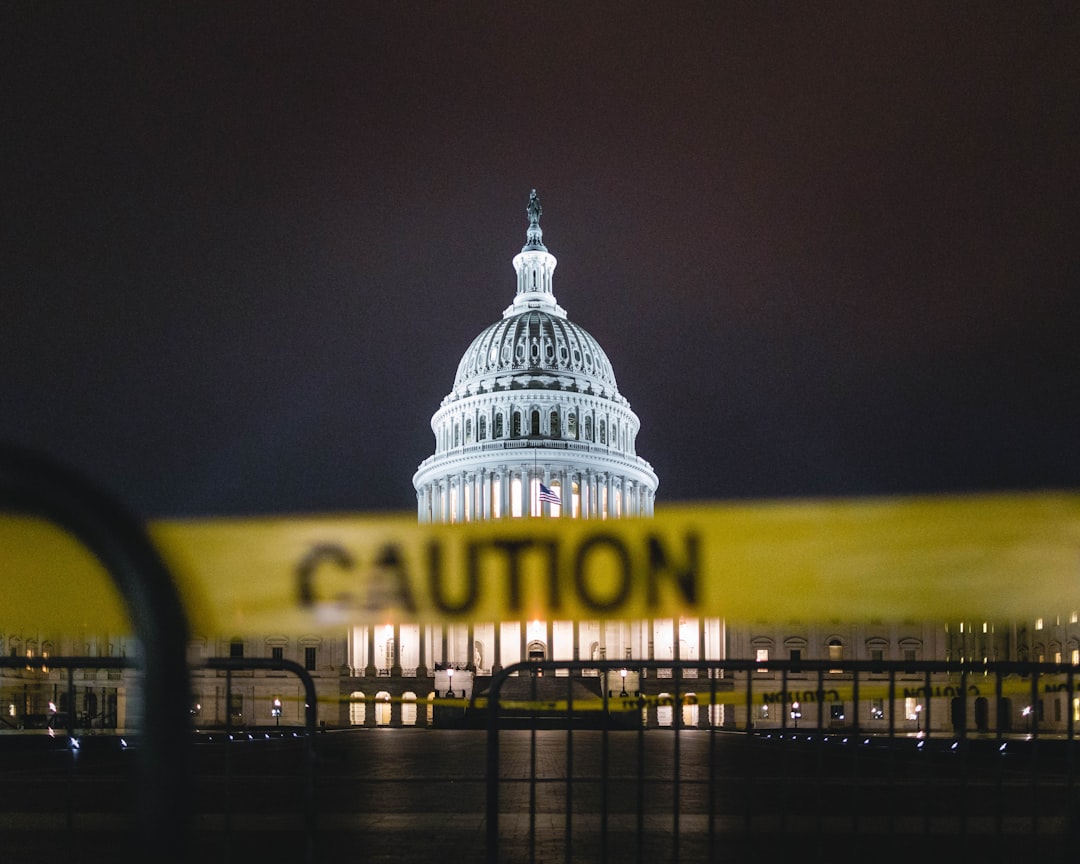Germany: The Energy Giant’s Reliance

Germany stands out as a heavyweight in the European energy market, yet its reliance on Russian natural gas remains surprisingly high. Even in 2024, about 30% of the country’s gas supply is delivered through Russian pipelines. This dependency lingers despite government promises and mounting pressure to diversify. Industrial powerhouses across Germany worry about the stability and price of alternative sources, finding Russian gas too convenient to abandon overnight. In a recent statement, Germany’s energy minister admitted, “We are committed to reducing our dependency, but it will take time.” The country’s progress toward renewables is notable, yet gaps in wind and solar capacity have left industries in limbo. As debates heat up in Berlin, Germany’s energy puzzle remains unsolved, with Russian gas still a critical piece.
Hungary: A Strategic Partnership

Hungary has taken a different path from many of its neighbors, forging a close strategic partnership with Russia. Around 80% of Hungary’s natural gas comes from Russian sources, and long-term contracts with Gazprom have locked in this dependence. Prime Minister Viktor Orbán has been outspoken about prioritizing “energy security over politics,” arguing that the nation cannot afford to disrupt its stable supplies. Critics from the European Union have pushed Hungary to diversify, but Orbán’s government remains unmoved, citing affordability and reliability as their main concerns. This stance has put Hungary at odds with other EU states, who see energy diversification as both a political and practical necessity. Still, the Hungarian leadership insists their approach is pragmatic, even as calls for change grow louder in Brussels. For now, Hungary’s energy future remains tightly intertwined with Moscow.
Bulgaria: A Historical Dependency

Bulgaria’s energy story is deeply intertwined with its Soviet-era history, with up to 75% of its natural gas still sourced from Russia. Efforts to diversify have frequently hit roadblocks due to aging infrastructure and limited access to alternative suppliers. In 2024, Bulgaria’s energy minister openly acknowledged these difficulties, emphasizing the challenge of making a swift transition. Recent debates in Sofia focus on the need for greater independence, especially as EU funding for renewables becomes available. However, the shift is slow, with Russian gas continuing to power homes and businesses across the country. Some progress is being made with small wind and solar projects, yet the overall pace is cautious. Bulgaria’s reliance on Russian energy remains a sensitive topic, wrapped up in both economic and historical ties.
Slovakia: Navigating Energy Challenges

Slovakia is another country in Central Europe wrestling with its high dependency on Russian energy. Approximately 70% of Slovakia’s natural gas is piped in from Russia, leaving the country exposed to any disruptions in supply. The government has recently announced ambitious plans to ramp up investment in renewables, seeking to shift the energy balance. However, experts point out that existing infrastructure is heavily optimized for Russian imports, making rapid change difficult. In public statements, Slovak officials have emphasized a need to “balance energy security with sustainability.” The urgency for diversification is palpable, but the options are not always clear-cut. As Slovakia navigates these challenges, the transition to a more independent energy future remains a work in progress.
Italy: A Complex Energy Landscape

Italy’s relationship with Russian energy has always been nuanced, but the stakes have grown higher in recent years. Around 40% of Italy’s natural gas has traditionally been imported from Russia, yet the government is now on a mission to diversify. In 2024, Italy struck new deals with North African suppliers, aiming to reduce reliance on the East. The Italian energy minister recently stated, “We are diversifying our sources to ensure energy security for our citizens.” These efforts include expanding LNG imports and investing in renewables, but the transition is far from complete. Italian industries, especially in the north, still depend on Russian gas for steady production. The government faces a delicate balancing act, trying to keep prices stable while pushing for independence from Russian energy.
Poland: A Shift Towards Independence

Poland has made energy independence a political and economic rallying cry, determined to sever ties with Russian gas by 2025. At present, nearly 50% of Poland’s gas still comes from Russian sources, but the country’s investments in LNG terminals and renewable projects are beginning to pay off. In 2024, Poland’s energy minister announced new plans to ramp up domestic production and secure alternative imports, especially from the United States. Poland is also strengthening partnerships with Norway and Lithuania, aiming to diversify both suppliers and supply routes. This shift is seen not just as an economic move but as a statement of national sovereignty. The determination is palpable, with Polish leaders frequently invoking the phrase “energy independence” in public speeches. The country’s path may be challenging, but the direction is clear.
Ukraine: The Quest for Energy Sovereignty

Ukraine’s energy dependency has always been deeply political, but the country is now making remarkable progress toward independence. Since the conflict escalated, Ukraine has reduced its reliance on Russian energy to under 20%. The government has poured resources into renewables and sought out new partnerships with European nations, determined to build a system less vulnerable to outside pressure. The Ukrainian energy minister recently declared, “We are determined to build a resilient energy system that is free from Russian influence.” Solar and wind farms have sprung up across the country, and new infrastructure projects are underway. This rapid transformation isn’t just about energy; it’s about charting a new course for the country’s future. Ukraine’s story is a vivid example of how energy can shape a nation’s destiny.
The Future: A Shift in Energy Dynamics

Across Europe and beyond, the question of Russian energy dependence is driving historic shifts in policy and infrastructure. Ongoing geopolitical tension has forced countries to rethink energy security and accelerate diversification efforts. Investments in renewables, new international partnerships, and updated supply routes are all part of the emerging landscape. The urgency for change is clear as nations seek to protect their economies from future shocks. While the road to complete independence is uncertain and sometimes slow, the momentum for transformation is undeniable. Each country’s journey is unique, but the common goal is a future where energy is both secure and sustainable.







